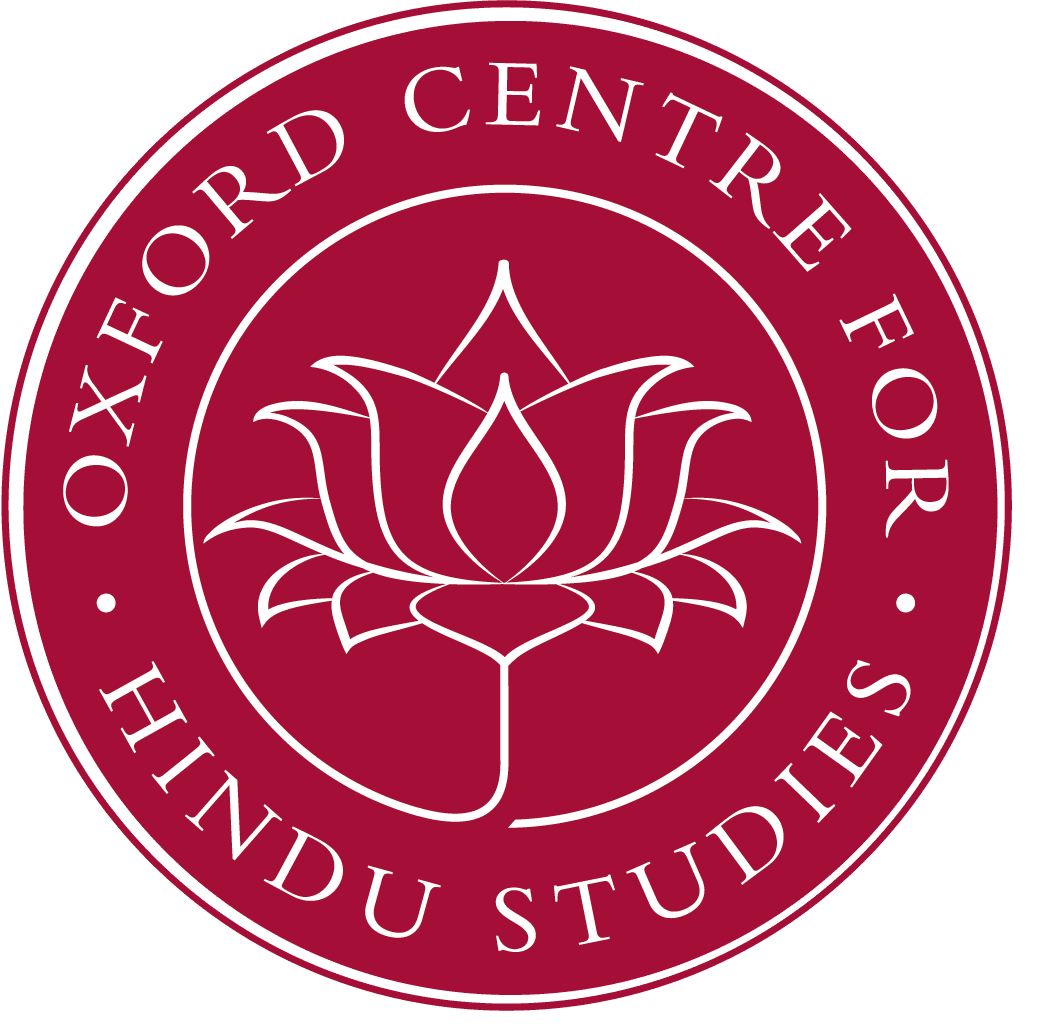Based on selected passages from the Netratantra this paper will investigate how the tantric practitioners perceive reality through the esoteric anatomy of the yogic body. With a focus on Śākta anthropology and the yogic technique of the khecarīmudrā I will show how the body is utilized as an instrument in a tantric context. Through the application of Heideggarian terminology I will investigate how philosophical concepts such as Dasein, Vorhanden, Zuhanden and Angst are helpful in enhancing our understanding of such complex ideas as met with in the Netratantra and Tantric Studies more generally. As an example, I will demonstrate how the application of the concept of Dasein in a Zuhanden relationship with one’s own body can work as a model for understanding the pragmatic aspects of the esoteric anatomy. Simultaneously, philosophical concepts may be further developed and gain new features through their application on such foreign material. The Study of Religion is indeed in need of such a metatheoretical vocabulary of carefully developed philosophical concepts in relation to a more in-depth and intellectually stimulating study of Indian religions and philosophies – at the same time pointing toward a new vocabulary that may work in more general and comparative contexts as well.
Jesper Moeslund is pursuing an MA in the Study of Religion at Aarhus University with a minor in Philosophy. Jesper’s interests are primarily related to the study of esoteric anatomy in a tantric context and how the body is understood and used in a religious discourse. He is a visiting student at the OCHS and a participant in the Haṭhapradīpikā translation project led by Dr Bjarne Wernicke-Olesen and Silje Lyngar Einarsen.
